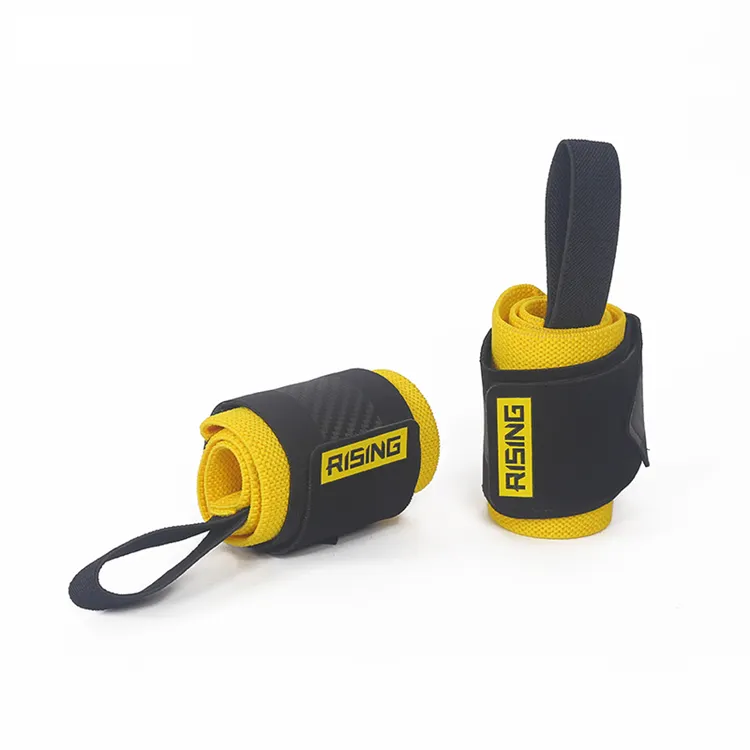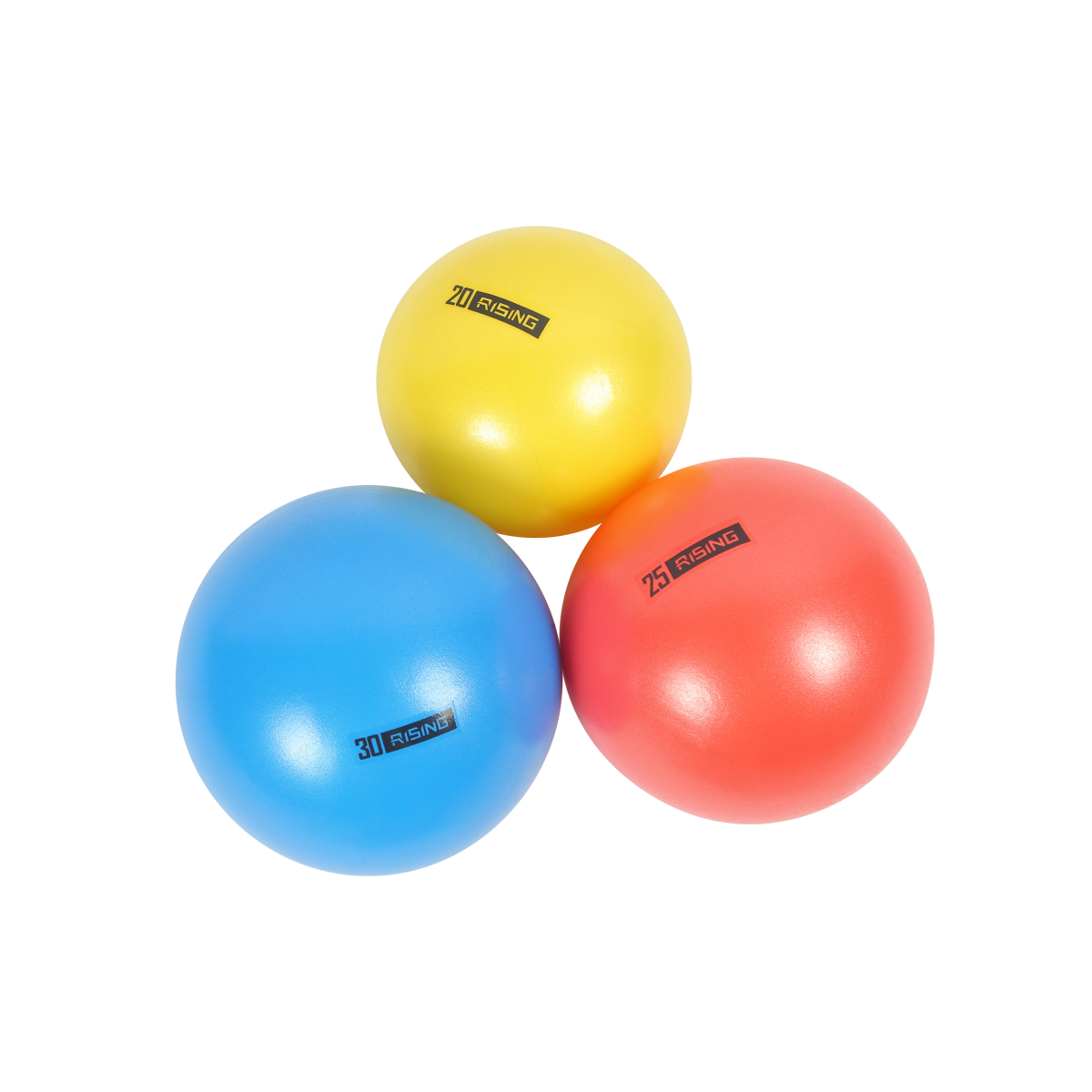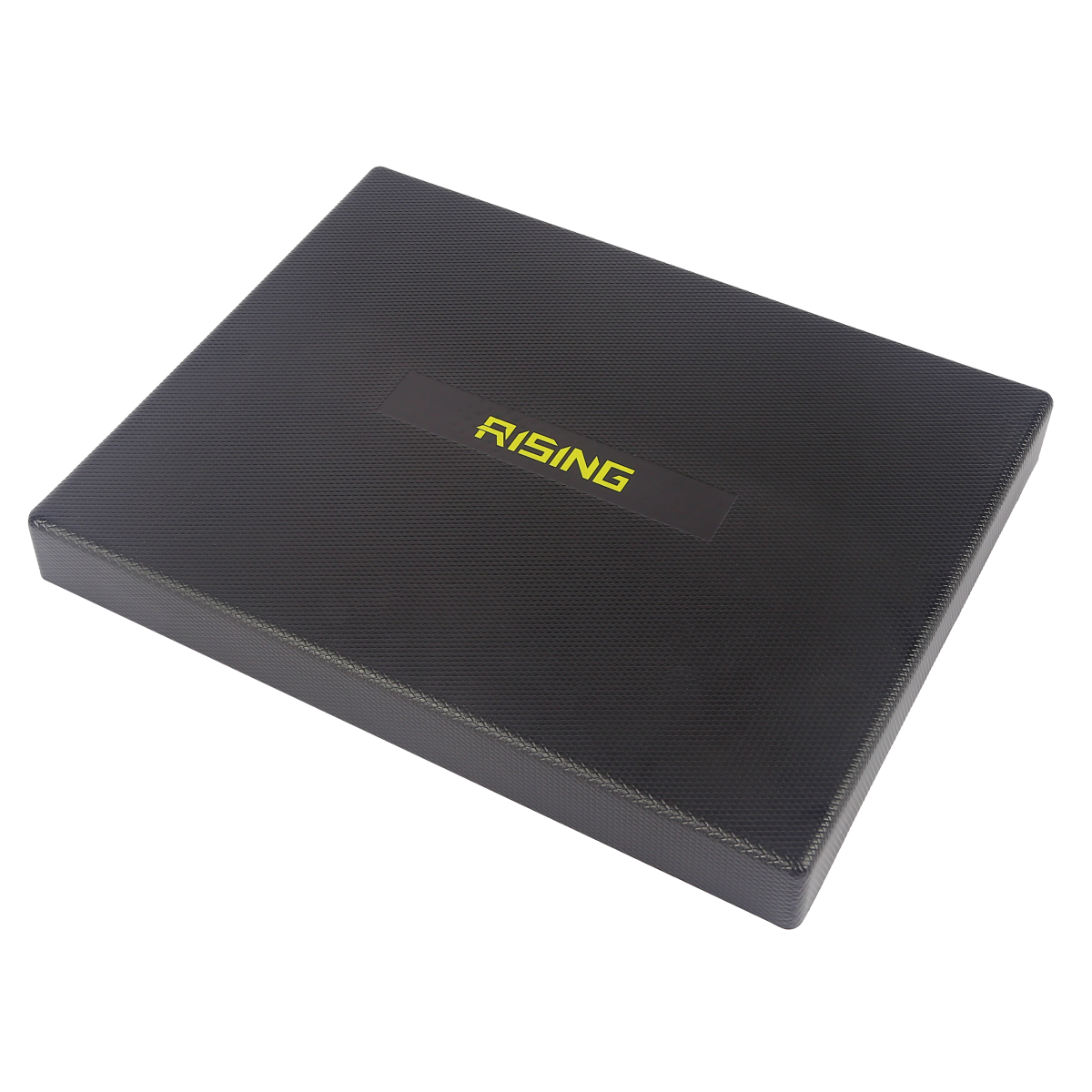fitness equipment types
Fitness equipment types encompass a comprehensive range of machines and devices designed to enhance physical fitness and health outcomes. These include cardiovascular equipment such as treadmills, ellipticals, and stationary bikes, which feature advanced heart rate monitoring systems, customizable workout programs, and digital displays for tracking performance metrics. Strength training equipment comprises weight machines, free weights, and resistance bands, incorporating ergonomic designs and adjustable components to accommodate users of varying fitness levels. Modern fitness equipment often integrates smart technology, enabling connection to fitness apps and wearable devices for detailed workout tracking and analysis. Commercial-grade equipment typically features heavy-duty construction with high-weight capacities, while home fitness equipment emphasizes space-efficiency and versatility. Many pieces include safety features like emergency stop buttons, anti-slip surfaces, and proper weight distribution mechanisms. The technological integration extends to interactive training sessions, virtual coaching, and real-time performance feedback, making workouts more engaging and effective.


